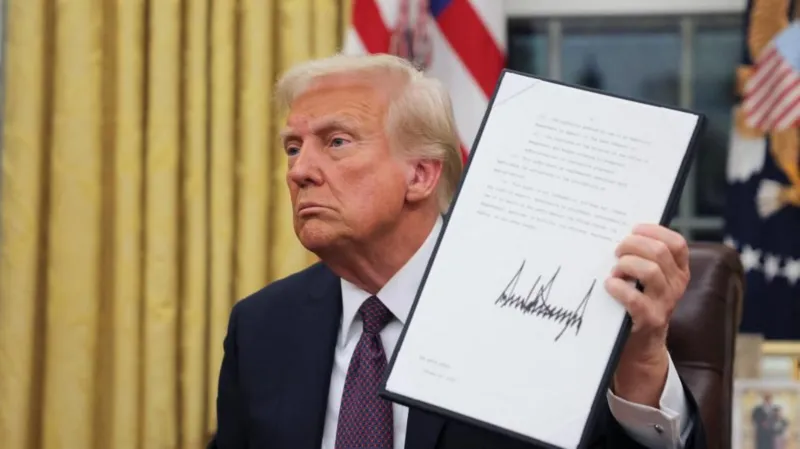Edinburgh’s New Tourism Levy: What You Need to Know
The Scottish capital, renowned for its historic landmarks, festivals, and vibrant cultural scene, is poised to implement a new 5% “tourist tax.” Officially termed the Transient Visitor Levy (TVL), this initiative is designed to address the pressures of overtourism while generating additional revenue to support local services and infrastructure.
This move aligns Edinburgh with several other major tourist destinations across Europe, such as Barcelona, Amsterdam, and Paris, where similar levies have long been in place. As the first city in the UK to implement such a tax, Edinburgh aims to set a precedent for balancing the benefits and challenges of being a top-tier travel destination.
How the Tax Works
The 5% levy will apply to overnight accommodations, including hotels, guesthouses, and short-term rentals like those booked through platforms such as Airbnb. Tourists staying in Edinburgh can expect the tax to be added to their accommodation bill at the time of payment. While it may seem like a small amount, the cumulative impact could be substantial given Edinburgh’s status as one of the most visited cities in the UK.
The funds raised from this initiative are earmarked for projects aimed at enhancing the city’s appeal to both residents and visitors. Proposed uses include maintaining public spaces, supporting cultural events, and improving transport infrastructure. The ultimate goal is to ensure that the benefits of tourism are distributed equitably while addressing some of the challenges posed by large visitor numbers, such as congestion and wear on the city’s historic fabric.
Mixed Reactions
While many local businesses and residents welcome the additional funding for public services, the levy has not been without controversy. Critics argue that the tax might deter budget-conscious travelers, potentially impacting smaller accommodation providers and related businesses.
Proponents, however, emphasize the tax’s necessity in light of Edinburgh’s growing popularity and the strain it places on local resources. During peak periods, such as the summer festivals and Hogmanay celebrations, the city’s infrastructure often struggles to cope with the influx of visitors.
A Broader Trend
Edinburgh’s introduction of a tourist tax reflects a broader trend in global tourism management. Cities with high visitor numbers are increasingly turning to levies as a means of promoting sustainable tourism and mitigating its negative impacts. As tourism continues to grow worldwide, such measures may become more common in destinations seeking to preserve their unique character and heritage while accommodating visitors responsibly.
What This Means for Tourists
For travelers planning a trip to Edinburgh, the new levy is unlikely to make a significant dent in most budgets, given the city’s relatively high accommodation costs. However, it does highlight a growing awareness among destinations of the need to balance tourism with the well-being of local communities.
Edinburgh’s 5% tourist tax marks a pivotal moment in the city’s efforts to manage its global popularity while safeguarding its future as a world-class destination. Whether this move proves to be a success will likely depend on how the funds are utilized and how both locals and visitors respond to the change.




















